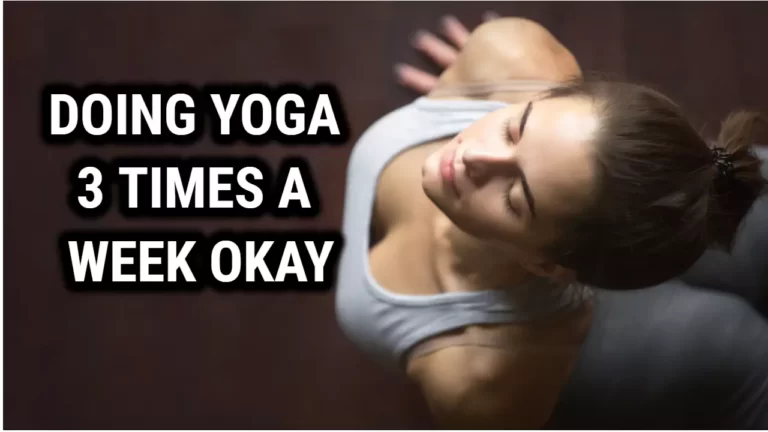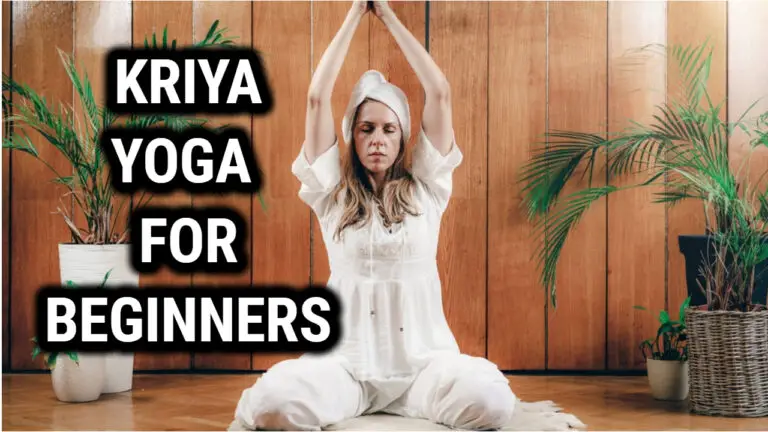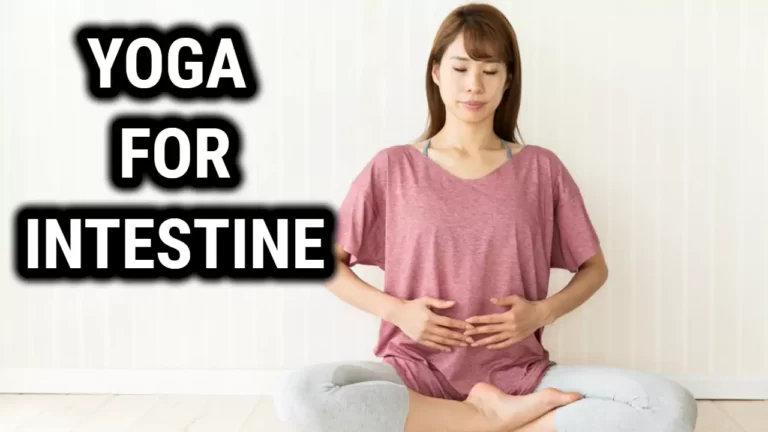Is Yin Yoga Good For Beginners: Benefits and Tips

Yin Yoga is a slow-paced, meditative practice that has gained popularity in recent years. It involves holding poses for an extended period of time, typically between three to five minutes or more. This allows practitioners to focus on their breath, relax their muscles, and stretch their connective tissues.
Many beginners wonder if Yin Yoga is a good fit for them, given its reputation for being a more challenging and intense form of yoga. The answer is yes, Yin Yoga can be a great option for beginners. It offers a gentle and accessible way to cultivate mindfulness, increase flexibility, and reduce stress.
While Yin Yoga may not be as physically demanding as some other forms of yoga, it does require patience and a willingness to sit with discomfort. However, with practice and dedication, beginners can reap the many benefits of this practice. In this article, we will explore why Yin Yoga is a good choice for beginners, what to expect in a typical class, and some basic poses to get started.
What is Yin Yoga?
Yin Yoga is a slow-paced style of yoga that involves holding poses for longer periods of time, typically 3 to 5 minutes or more. Unlike other forms of yoga that focus on building strength and flexibility through dynamic movements, Yin Yoga targets the connective tissues, such as ligaments, tendons, and fascia, with the aim of improving flexibility and joint mobility.
Yin Yoga is based on the ancient Chinese philosophy of yin and yang, which represents the complementary and interconnected nature of opposites. Yin is the passive, receptive, and introspective aspect, while yang is the active, dynamic, and extroverted aspect. In Yin Yoga, the practitioner seeks to balance the yang energy of the body with the yin energy, which can help to calm the mind and reduce stress.
Yin Yoga is suitable for people of all ages and fitness levels, including beginners. It can be a helpful practice for those who are dealing with injuries or chronic conditions, as it is a more restorative and gentle form of exercise. However, it is important to consult with a healthcare provider before starting any new exercise program.
Benefits of Yin Yoga for Beginners
Yin Yoga is a great way for beginners to start their yoga journey. It is a slower-paced practice that involves holding poses for longer periods of time, typically 3-5 minutes, and focuses on deep stretching of the connective tissues. Here are some benefits of Yin Yoga for beginners:
Physical Benefits
Yin Yoga can help beginners improve their flexibility and range of motion. The long-held poses allow for a deeper stretch of the muscles and connective tissues, which can increase flexibility over time. It can also help beginners relieve tension in the body, especially in the hips, lower back, and shoulders.
Yin Yoga can also help beginners improve their circulation and joint mobility. The deep stretching can increase blood flow to the joints, which can help them move more freely. It can also help beginners strengthen their joints, especially in the knees and hips, which can be beneficial for those with arthritis or other joint-related issues.
Mental Benefits
Yin Yoga can also have mental benefits for beginners. It can help them reduce stress and anxiety by promoting relaxation and mindfulness. The slow-paced nature of the practice can also help beginners focus on their breath and become more present in the moment.
Yin Yoga can also help beginners improve their sleep quality. The deep relaxation and stretching can help them release tension and prepare their body for restful sleep. It can also help beginners improve their overall sense of well-being and mood.
How to Practice Yin Yoga as a Beginner
Basic Poses
Yin yoga is a great practice for beginners, as it focuses on holding poses for an extended period of time, allowing the body to gently stretch and release tension. Some basic poses that are great for beginners include:
- Child’s Pose
- Butterfly Pose
- Dragon Pose
- Seated Forward Fold
- Sphinx Pose
It’s important to remember that in yin yoga, the goal is not to push yourself to your limit. Instead, focus on finding a comfortable edge where you feel a gentle stretch, but are not straining or in pain.
Breathing Techniques
In yin yoga, breathwork is an important component of the practice. As you hold each pose, focus on taking slow, deep breaths in through your nose and out through your mouth. This can help to calm the mind and deepen the stretch.
You may also want to try incorporating some pranayama techniques, such as alternate nostril breathing or ujjayi breath, into your yin yoga practice. These can help to further calm the mind and promote relaxation.
Meditation
Yin yoga is often described as a moving meditation, as the slow, intentional movements and focus on breath can help to quiet the mind and promote a sense of inner stillness. As you hold each pose, try to let go of any distracting thoughts and simply focus on your breath and the sensation of the stretch.
You may also want to try incorporating some guided meditations into your yin yoga practice. There are many apps and online resources available that offer guided meditations specifically designed for yin yoga practitioners.
Precautions for Beginners
Yin yoga is a gentle practice that can be beneficial for beginners, but there are a few precautions to keep in mind before starting:
- Consult with a doctor: If you have any medical conditions, injuries, or concerns, it’s important to talk to your doctor before starting any new exercise program, including yin yoga.
- Start slowly: Yin yoga is a slow-paced practice, but it’s important to start slowly and gradually increase the intensity and duration of the poses. Beginners should start with shorter holds and work their way up to longer holds as they become more comfortable with the practice.
- Listen to your body: It’s important to listen to your body and not push yourself too hard in the poses. If you feel any pain or discomfort, back off or come out of the pose. Yin yoga should be a comfortable and relaxing practice.
- Use props: Props such as blocks, bolsters, and blankets can be helpful for beginners to support the body in the poses and make them more comfortable. Don’t be afraid to use props to make the poses more accessible.
- Stay hydrated: Yin yoga can be a deceptively intense practice, so it’s important to stay hydrated before, during, and after the practice. Drink plenty of water throughout the day and bring a water bottle to your yin yoga class.
By keeping these precautions in mind, beginners can safely and effectively practice yin yoga and enjoy its many benefits.
Conclusion
Yin yoga is a great option for beginners who are looking to start a yoga practice. It’s a slow, gentle practice that helps to increase flexibility, mobility, and mindfulness. Yin yoga is also great for those who are dealing with injuries or chronic conditions, as it’s a more restorative practice than other forms of exercise.
Yin yoga is a great option for beginners who are looking to start a yoga practice. It’s a gentle practice that can help to improve flexibility, mobility, and mindfulness. Whether you’re dealing with injuries or just looking to improve your overall health and well-being, yin yoga is definitely worth trying.





